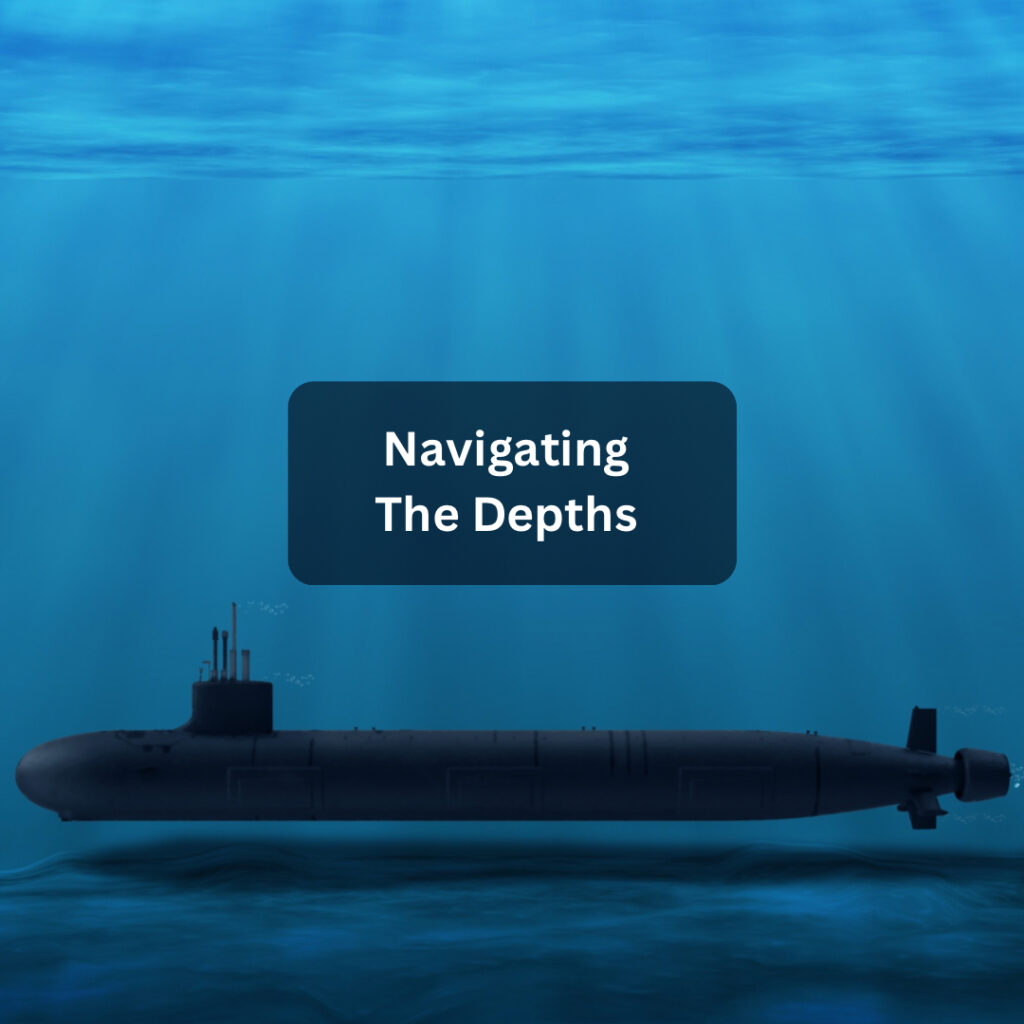Navigating the Depths: Understanding Submarine Safety and the Hazards of Commercial Submarine Tours
In recent years, the allure of exploring the mysterious underwater world has led to a rise in commercial submarine tours and similar tourist attractions. While these experiences offer a unique opportunity to delve into the depths, it is crucial to understand the importance of submarine safety. In this blog post, we will explore the potential dangers associated with commercial submarines and shed light on safety measures that must be prioritised to ensure the well-being of passengers and crew.


The Intricate World of Commercial Submarines
Commercial submarines are technologically advanced vessels designed to transport tourists and enthusiasts into the mesmerising realm beneath the waves. These submarines come in various sizes and configurations, accommodating passengers in a controlled environment while offering panoramic views of marine life and underwater landscapes. However, the very nature of exploring extreme environments presents unique challenges and inherent risks that demand careful attention.
Understanding the Hazards
a) Structural Integrity and Pressure: Operating in the depths of the ocean means withstanding immense water pressure. Commercial submarines must be constructed with robust materials capable of withstanding these pressures to ensure the safety of passengers and crew. Failure to do so can result in catastrophic consequences.
b) Emergency Situations: Submarines must be equipped with comprehensive emergency systems to address potential crises such as loss of power, mechanical failures, or even rare incidents like fire or flooding. Proper training for crew members in emergency protocols is vital to safeguard the lives of everyone on board.
c) Navigation and Collision Risks: Submarines must navigate through underwater terrains with precision. The presence of natural or man-made obstacles, such as reefs or submerged wrecks, poses collision risks that must be actively managed. Advanced sonar systems and experienced personnel are essential for safe manoeuvring.
Safety Measures: A Priority
a) Stringent Regulations: Governments and maritime authorities play a crucial role in establishing and enforcing regulations for commercial submarines. These regulations cover aspects like vessel construction standards, emergency procedures, crew training, and regular maintenance, with the primary objective of ensuring passenger safety.
b) Comprehensive Training: Operators of commercial submarines must provide rigorous training to their crew members. This includes knowledge of emergency protocols, evacuation procedures, first aid, and the use of safety equipment. Regular drills and simulations enhance preparedness and help crew members respond effectively in critical situations.
c) Maintenance and Inspections: Regular maintenance and inspections are essential to identify and address any potential issues before they become significant risks. Routine checks of vital systems, such as life support, electrical, and navigation systems, ensure their proper functioning and minimize the chances of malfunctions.
The Role of Responsible Tourism
a) Environmental Impact: Commercial submarine tours have the potential to disrupt fragile marine ecosystems if not conducted responsibly. Operators should adhere to strict guidelines to minimize disturbances to marine life, avoid sensitive habitats, and promote sustainable tourism practices.
b) Passenger Education: Passengers should receive comprehensive briefings on safety measures, responsible behavior, and respect for marine life. Encouraging awareness about environmental conservation fosters a sense of responsibility among tourists, ultimately promoting the preservation of the underwater world.
Commercial submarine tours offer a mesmerising glimpse into the wonders of the underwater realm, but they also come with inherent risks that must not be overlooked. By prioritising submarine safety through robust regulations, comprehensive training, and regular maintenance, we can ensure the well-being of passengers and crew. Moreover, responsible tourism practices that minimize environmental impact and educate tourists on preserving marine ecosystems are crucial for a sustainable future. So, let us navigate the depths with caution, respect, and a commitment to safety.

Leave a Reply